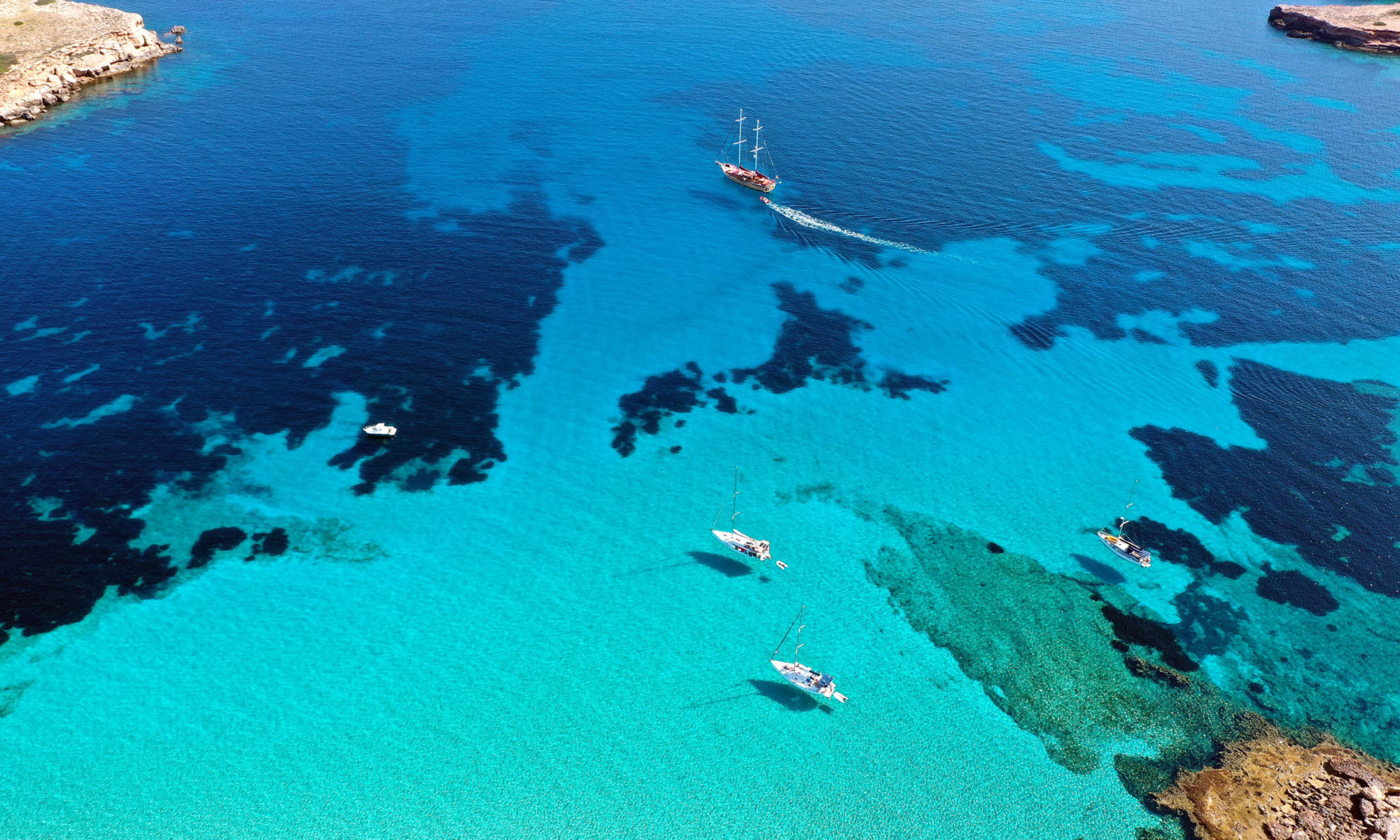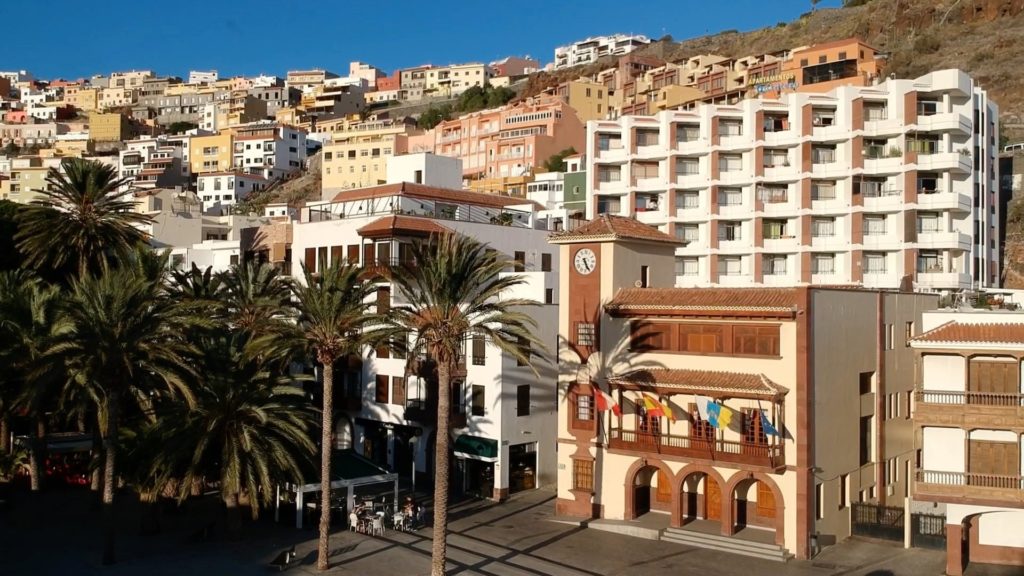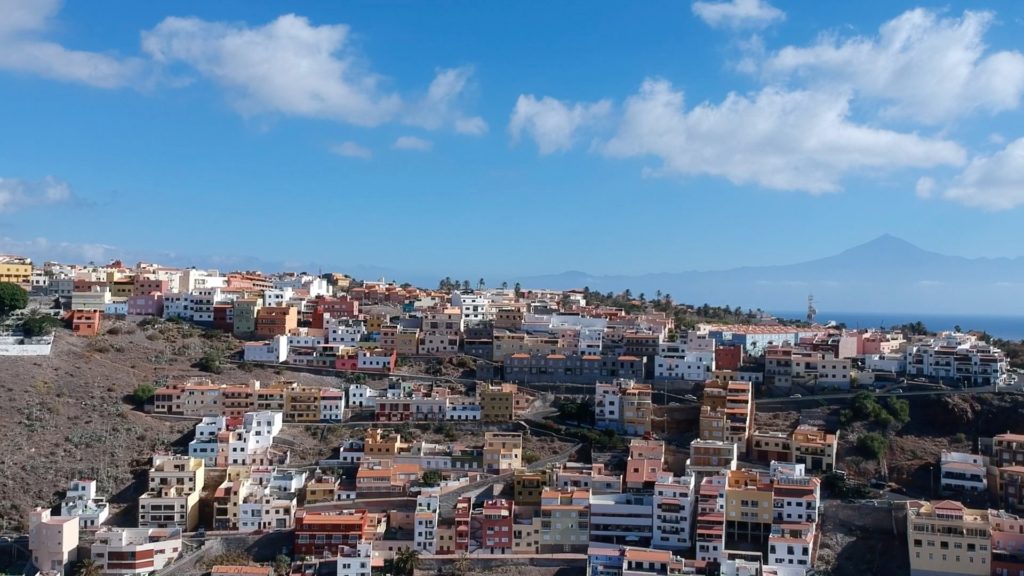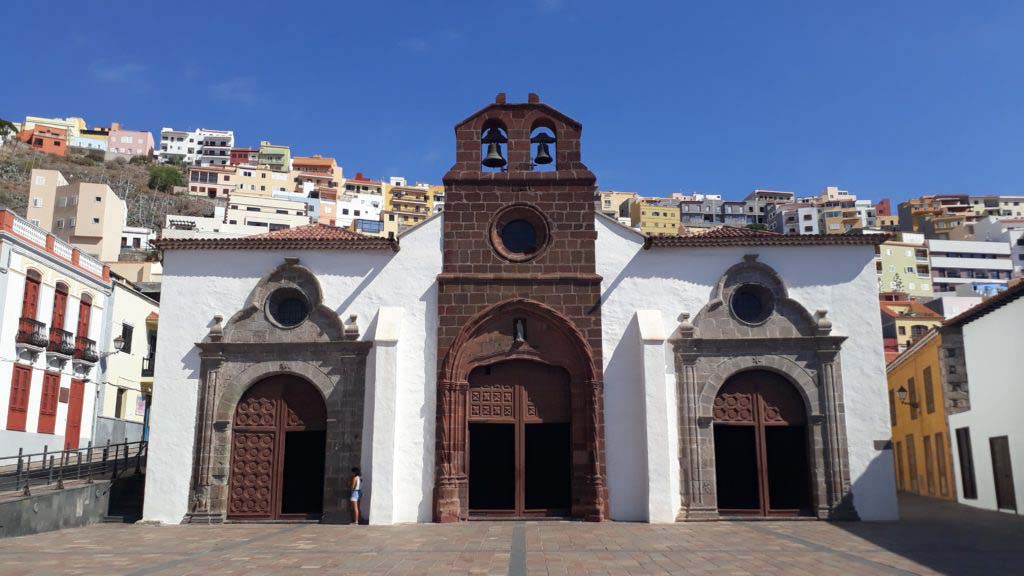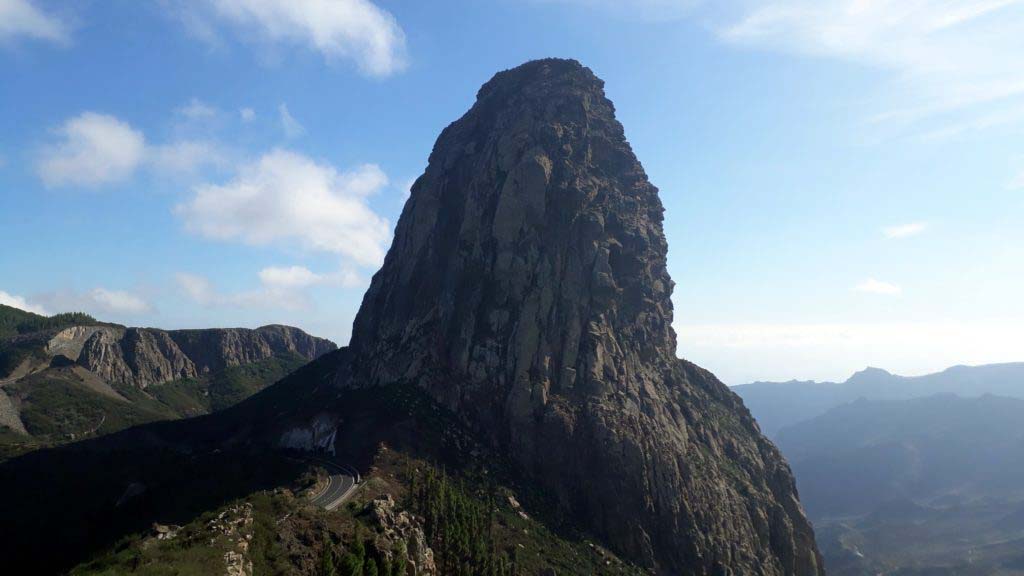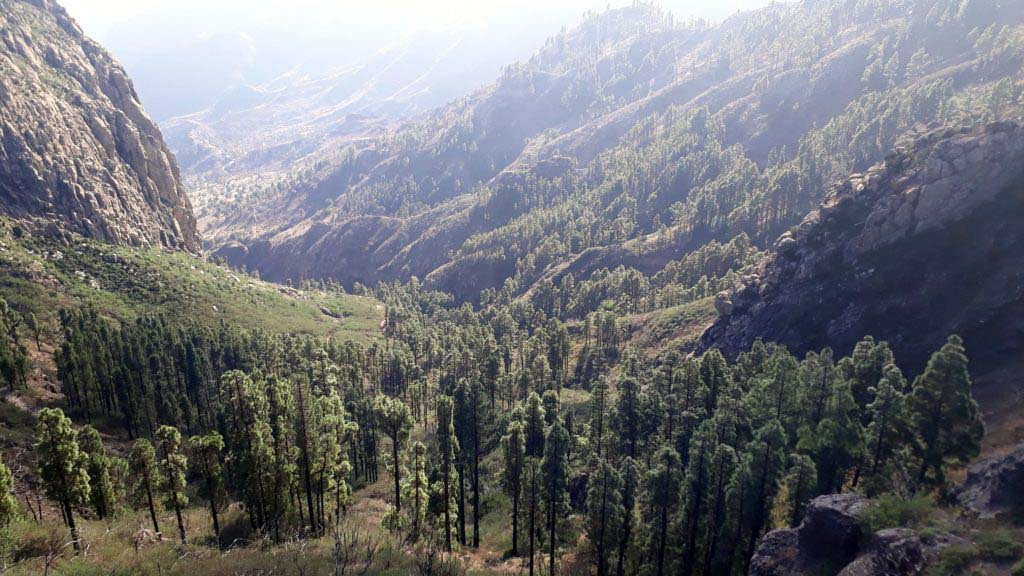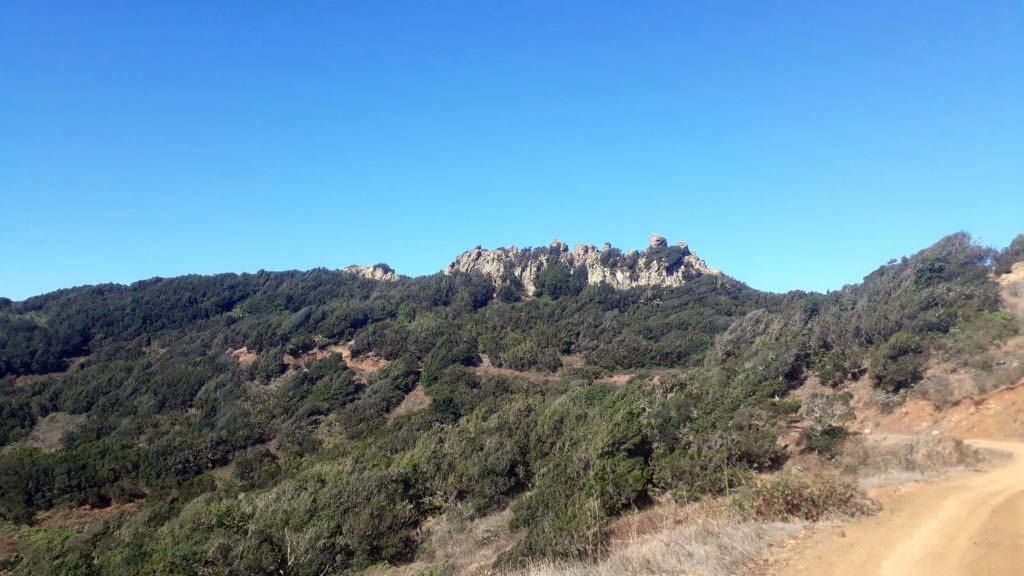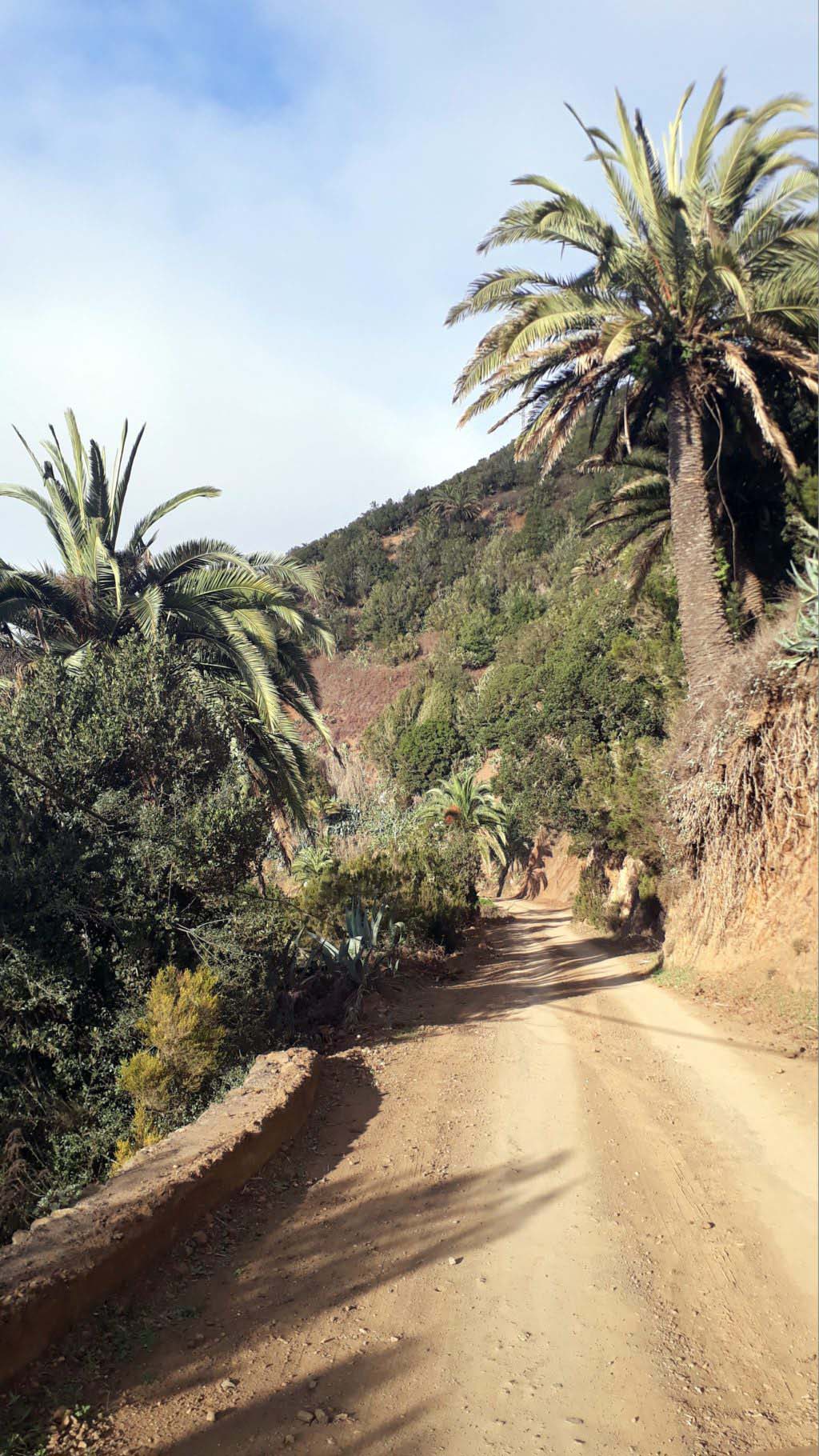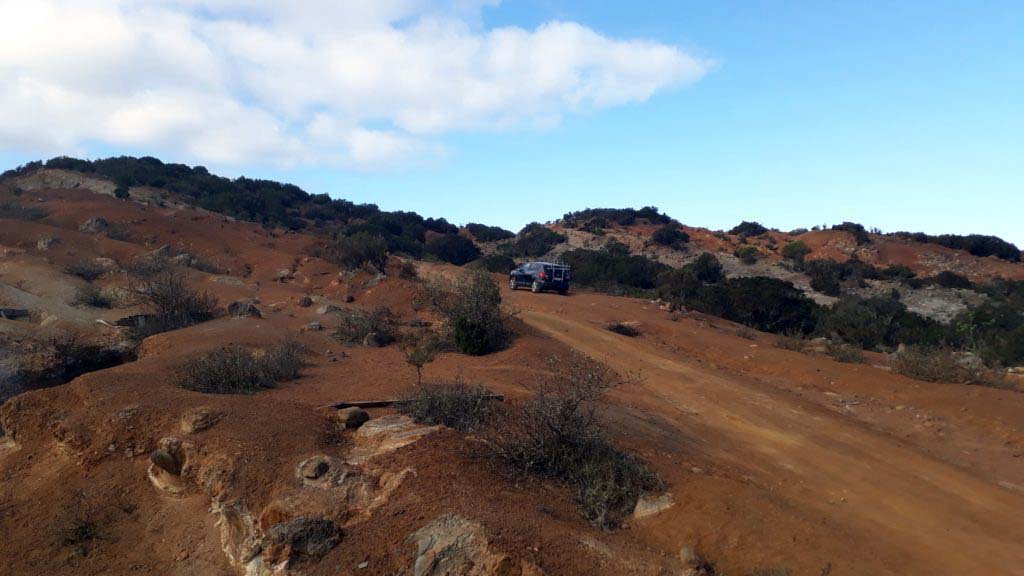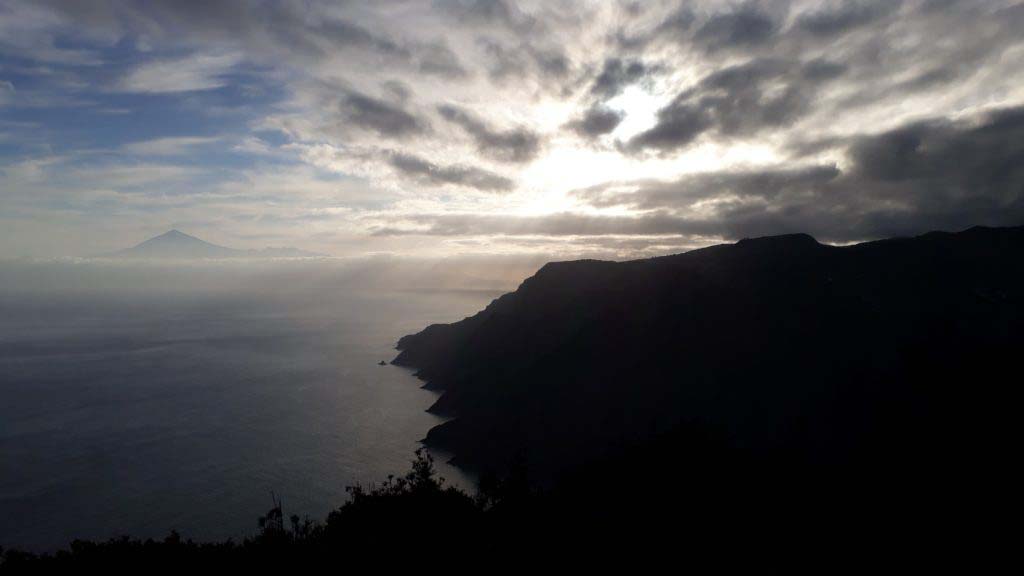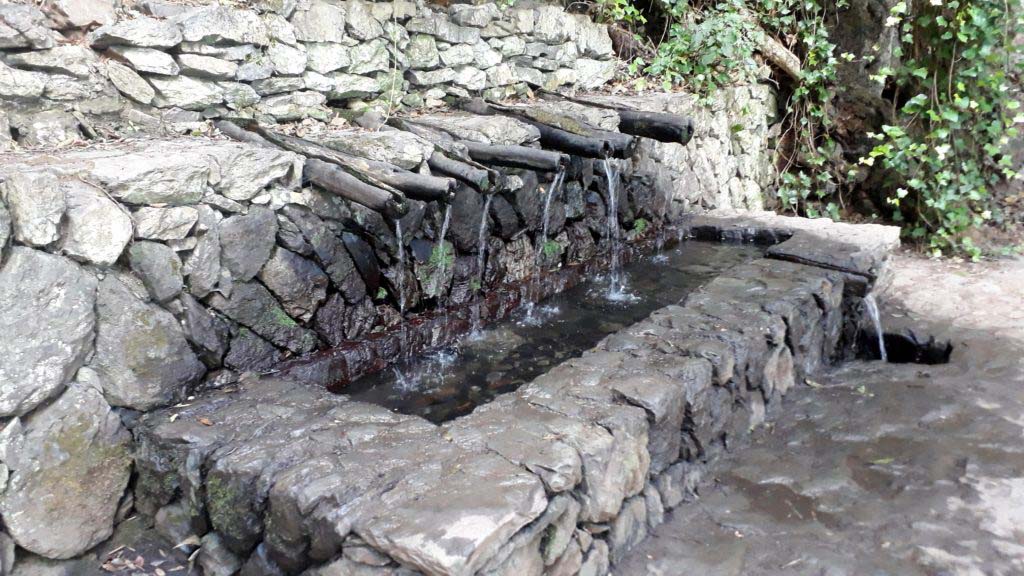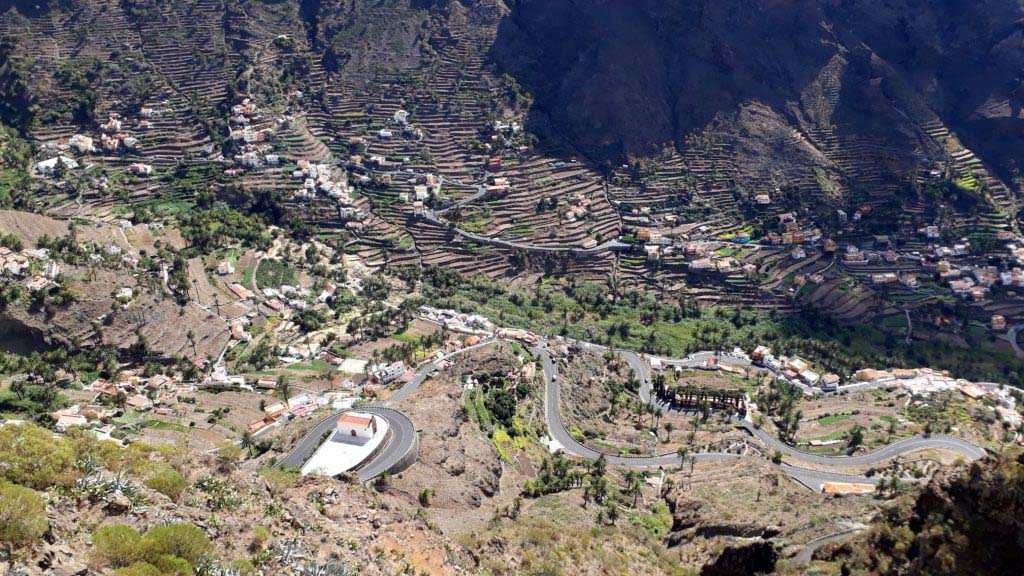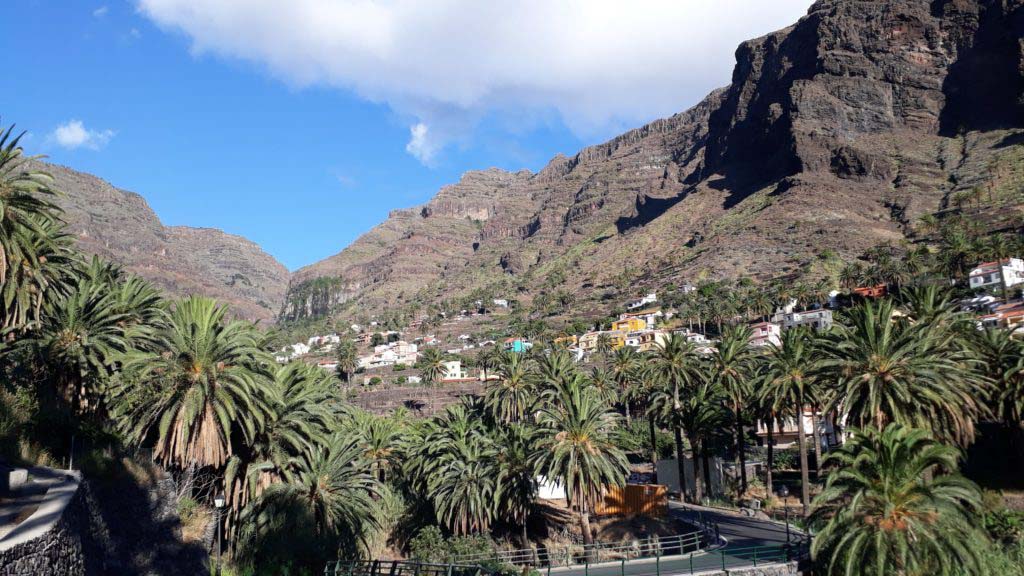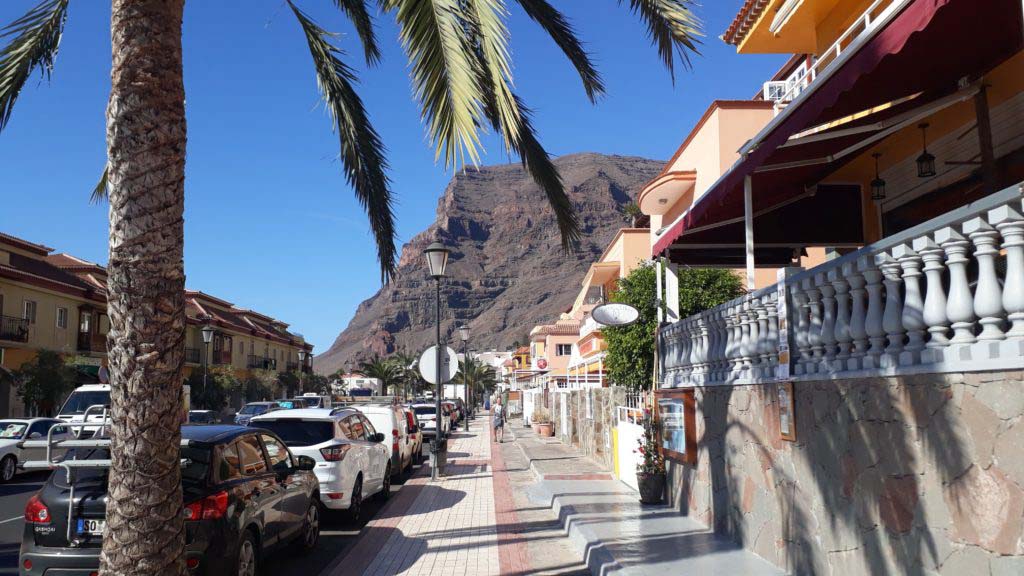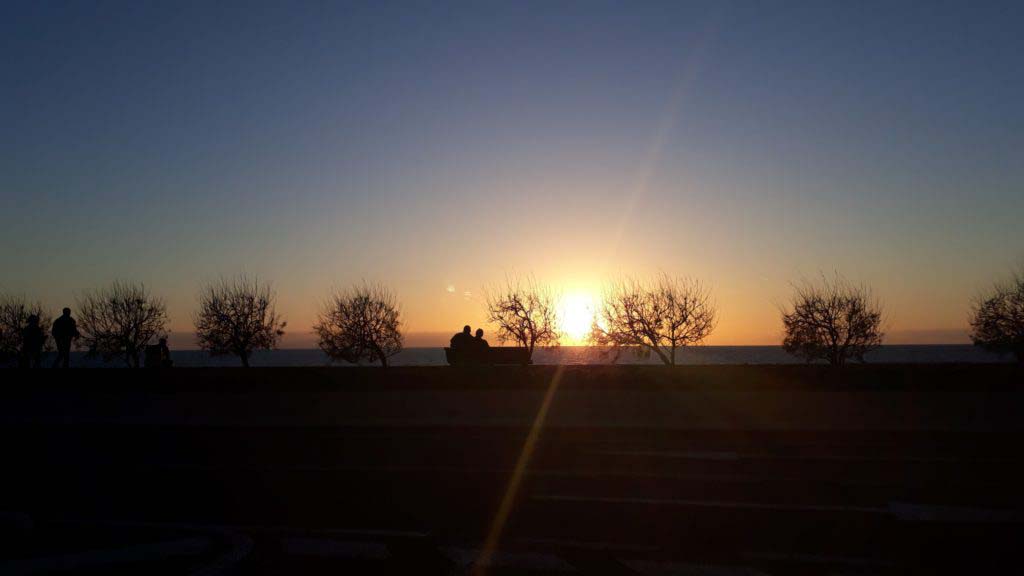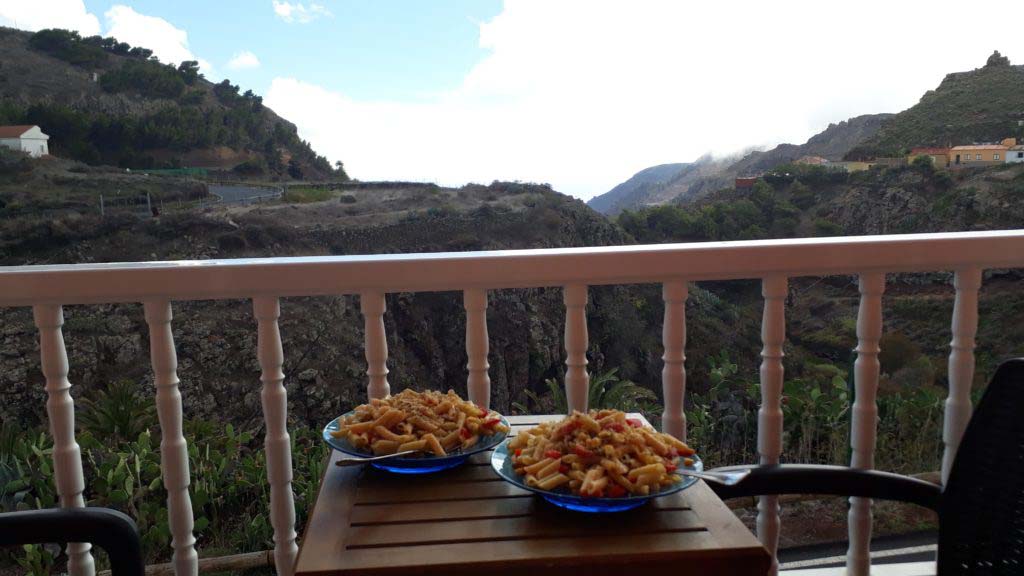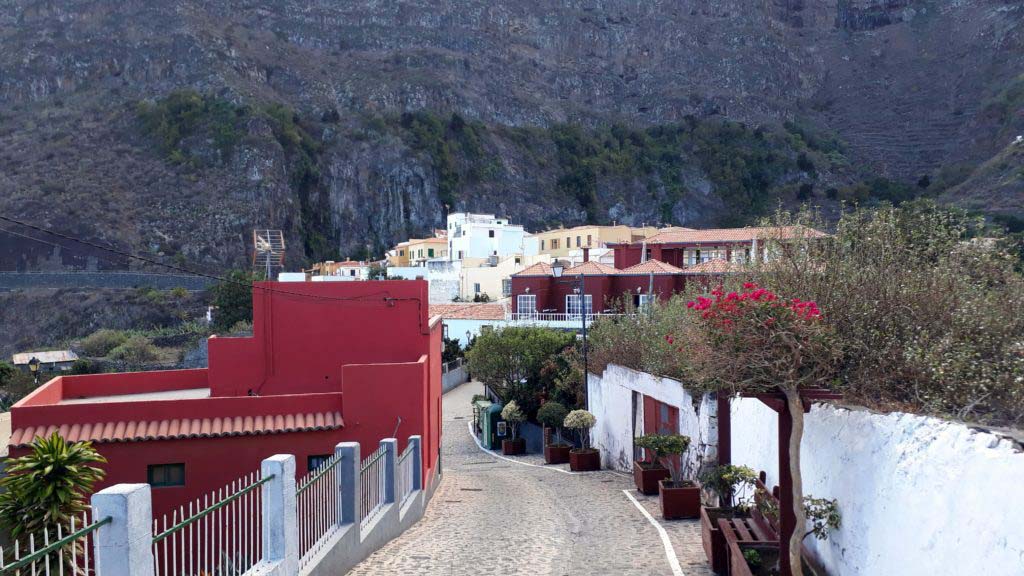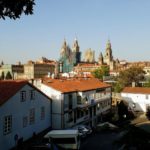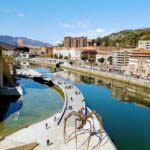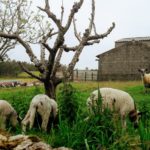La Gomera: After El Hierro it is the second smallest of the Canary Islands. With an area of just 370 square kilometers, the nearly circular island of volcanic origin makes up less than five percent of the total area of all Canaries. Nevertheless, the green oasis 300 kilometers west of the African mainland has a lot to offer. Which places should not be missed out in any Gomera vacation, you will learn here.
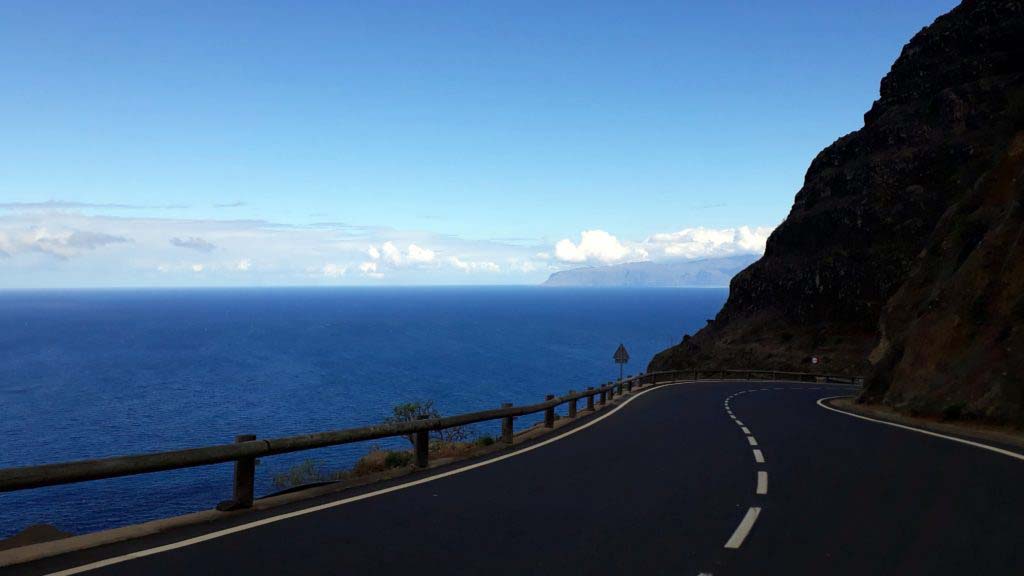
The Perfect Route
You can explore the dream destination for nature lovers very well during a round trip with the rental car or own vehicle. For that, we picked out the highlights of the island and connected them on a four-day route. Before and after we spent one night each in the capital San Sebastián de La Gomera. So our route looked like this:
On the first day of travel we visited A and B, at the second C and D, at the third E and at the fourth F and G. Of course, you can vary the order of the points. Overall, we found the time absolutely sufficient and we also had enough buffer to rest. La Gomera is also ideal as a stopover between Tenerife and La Palma – as we did as well.
So here they are, the 7 places that you should not miss on La Gomera:
-
San Sebastián de La Gomera
San Sebastián de La Gomera The capital of the island, San Sebastián de La Gomera, probably knows everyone who once visited La Gomera. After all, the port of San Sebastián is considered the gateway to the entire island. From here, there are ferry connections to the neighboring islands of Tenerife and La Palma. The distance to the nearest ferry port of Los Cristianos in Tenerife is only 38 kilometers.
In the background on the right you can even see the Teide Although the town on the east coast of the small island counts only 8707 inhabitants, it is the largest of the six municipalities of La Gomera. Here you’ll find also the 15th Century built church Iglesia de Nuestra Señora de la Asunción, which has been repeatedly damaged and partially destroyed over time due to pirate attacks. It is considered an important example of Gothic architecture in the Atlantic area, where the construction of the Spanish Catholic Kings merges with the Portuguese Manuelino style.
-
Roque de Agando
Roque de Agando The Roque de Agando is a 1251 meter high volcanic rock tower, located in the Parque Nacional de Garajonay. It belongs to the rock group Los Roques (“the rocks”) and was formed (as well as the other Roques) when a volcanic vent was filled with solidifying magmatic rock (also called igneous rock). The softer rock layers surrounding this rock have been eroded, leaving only the hard igneous rock remained. Along the GM-2 road there are several viewpoints which overlook the Roque de Agando.
-
Los Órganos National Park
On the way to the Los Órganos National Park The area around and in the Los Órganos National Park is also worth seeing. It’s not that easy to come here: We turned off the road CV-16 near Epína on a narrow gravel road towards Tazo and Arguamul. We followed it for about 8 kilometers until we stopped at a small church (Ermita de Nuestra Señora de Coromoto). We slept there to explore the area in peace the next morning. The area is ideal for hiking and climbing.
Gravel path to Los Órganos National Park Our sleeping place The real highlight, however, can be admired from the boat only: The natural monument of Los Órganos, located on the north coast of Vallehermoso, is a cliff of very ancient volcanic rocks, whose cooling and subsequent erosion of the island has given such characteristic silhouettes in the form of organ pipes vertically falling down to the sea – hence the name.
Cliffs near the Los Organos National Park, with the Teide on Tenerife in the background -
Los Chorros de Epina
Los Chorros de Epina In the middle of the route between Los Órganos and Valle Gran Rey, is located one of the few drinking water sources in the western Canaries, ie the province of Tenerife: Los Chorros de Epina. The water, which flows over a total of seven wooden, hollowed branches from the spring into the underlying basin, has been attributed magical powers. In addition to the classics “cure of diseases” and “fulfillment of love wishes”, there is also a pretty misogynist and silly witch myth as well: If women drank from the men reserved odd branches, they would then turn into witches – of course.
But as the water is otherwise safe to drink, many locals stockpile the “magical” water for home. However, it should be noted that you have to carry the bottled water back up the stairs, which form the only access to the fabled spring.
-
Valle Gran Rey
Valle Gran Rey The Valle Gran Rey (“Valley of the Great King”) was our personal highlight of the island. It is a valley open to the sea with endless terrace fields, countless palm trees, extensive banana plantations and many scattered small houses. Right through the middle, the main road GM-1 winds from Garajonay National Park all the way down to the village of La Calera.
Valle Gran Rey Speaking of highlight: high are also many of the numerous hippies and dropouts, which have been attracted here especially in the 1970s and 1980s. Today, the municipality has by far the highest tourist use on La Gomera. One of the reasons for this is the expansion of the access road and the harbor, which makes the valley easy to reach.
Valle Gran Rey Down the harbor, some restaurants offer vegan-declared options. In 1989, the Lanzarote artist César Manrique created the viewpoint Mirador del Palmarejo high above the valley overlooking the cultivation terraces to the sea. Through the large panoramic windows of the restaurant underneath you have a good view. The restaurant was run by a vocational school for hotel and restaurant, but abandoned for economic reasons.
-
Vallehermoso
Vallehermoso in our video of La Gomera
After spending the night in the highly recommended apartment Apartamentos Arure Plaza near the Valle Gran Rey, we visited the main town of the island’s second largest municipality: Vallehermoso. It is a cute village with a central square where the town hall and a few supermarkets are located.
-
Agulo
Agulo On the way back to the capital San Sebastián de La Gomera, you’ll find the dreamy and original village Agulo surrounded by banana plantations. The town called “the green balcony” by the locals consists of two parts: Agulo Casco is located in the lower part of the area, whereas the village center Agulo, founded in the 20s of the 17th century is situated at an altitude of about 250 meters. You can see the settlement particularly well from the glass platform of the Mirador de Abrante.
Of course there are more places worth seeing on La Gomera. This list reflects only our personal highlights. Have you ever been to the second smallest Canary Island? What did you like best there? Let us know in the comments! 🙂
Our Canary Islands Guide
